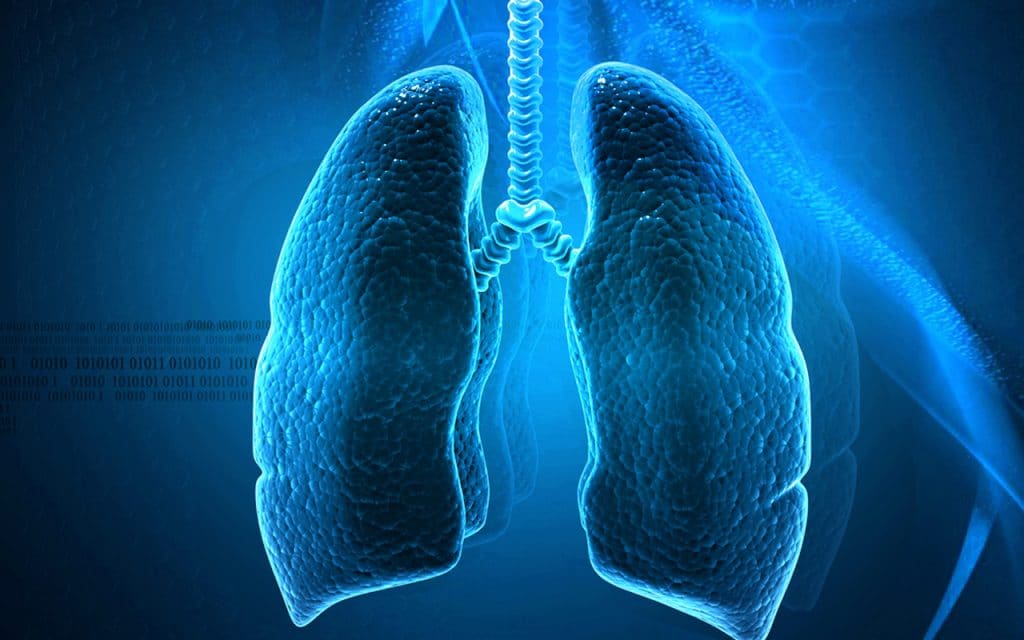Changes in the Concentrations of Mediators in Exhaled Breath Condensate during Cardiac Valve Replacement under Cardiopulmonary Bypass and Their Relations with Postoperative Acute Respiratory Distress Syndrome

To investigate the changes in the concentrations of interleukin-6 (IL-6), interleukin-8 (IL-8), tumor necrosis factor-α (TNF-α), and 8-iso-prostaglandin F2α (8-isoPGF2α) in exhaled breath condensate (EBC) in patients undergoing cardiac valve replacement under cardiopulmonary bypass (CPB) and its relationship with postoperative acute respiratory distress syndrome (ARDS).
A prospective, case–control study was performed on 55 patients undergoing elective cardiac valve replacement under cardiopulmonary bypass, between November 2017 and May 2019. According to the diagnosis of postoperative ARDS, the patients were divided into ARDS group and control group. We compared the clinical characteristics, outcomes, respiratory mechanics, oxygenation parameters, and mediators in the 2 groups immediately after tracheal intubation (T1), at the end of CPB (T2), and 2 hours (T3) and 6 hours (T4) after CPB, and calculated the receiver operating characteristic curve (ROC), sensitivity, and specificity of the corresponding mediators.
ARDS occurred in 29 patients after CPB. The ARDS group exhibited prolonged postoperative ventilator support, time to extubation, length of stay in the ICU, and postoperative length of stay. The peak airway pressure (Ppeak) and plat airway pressure (Pplat) at T4 were higher in the ARDS group compared with the control group. The alveolar-arterial oxygen partial pressure [P(A-a)O2] and respiratory index (RI) were higher and PaO2/FiO2 was lower in the ARDS group at T2–4 compared with the control group. The levels of EBC and serum mediators in the ARDS group were significantly higher at T2–4 compared with those in the control group. All the mediators in EBC were correlated significantly with those in the serum in the ARDS group (r = 0.7314, 0.898, 0.8386, 0.792) and control group (r = 0.6093, 0.8524, r = 0.7828, r = 0.6575) (P < .001). Meanwhile, the area under the curve (AUC) of IL-8 in EBC was significantly lower at T2 and the AUC of IL-6 in EBC was significantly higher at T4 than in serum (P < .05). In addition, all of the mediators in EBC had a certain accuracy in diagnose of postoperative ARDS.
EBC analysis could be used to predict the high incidence of ARDS after cardiac valve replacement under CPB.
